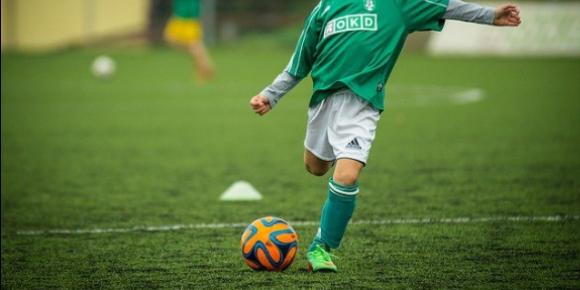Do You Have Exercise Induced Breathing Symptoms?

Do You Have Exercise Induced Breathing Symptoms?
What is EIB?
Exercise induced bronchoconstriction (EIB), also known as exercise induced asthma, is a temporary narrowing of your airways during or after exercise.
This is common here in the Salt Lake Valley in people diagnosed with asthma, but can also occur in people that do not have asthma.
If you have symptoms such as shortness of breath, tightness in your chest, cough and wheezing associated with exercise, you may have EIB.
Who is affected most?
Exercise induced bronchoconstriction is common in people with asthma, allergies and in athletes at all levels, including elite/Olympic athletes, college or high school athletes and recreational athletes. Over 90% of people with persistent asthma also have EIB.
What are some risk factors for having EIB?
Having asthma, allergic rhinitis (allergies) and doing prolonged high intensity training are all risk factors. Exposure to certain environmental triggers during exercise, such as cold or dry air, air pollution, allergens, changes in weather, airborne chemicals and chlorine gas or hypochlorite liquid floating over water in pools.
What causes EIB?
The exact mechanism is not known, but is thought to be related to respiratory water loss during times of high ventilation rates, cooling of the airways during exercise followed by rapid rewarming after exercise and inhalation of allergens or pollutants that stress the lungs, leading to airway hyperreactivity or transient bronchospasm.
How do I know I have EIB?
Exercise induced bronchoconstriction can be diagnosed clinically, without any testing. However, a definitive diagnosis is made by exercise challenge testing that can show whether your lung function is decreased from exercise.
How do you treat EIB?
Measures that help people with exercise induced bronchoconstriction include avoiding training in extreme cold or pollution, doing a warmup period before exercise and wearing a mask or scarf over the mouth in cold weather.
It is also possible that changes in your diet can help reduce exercise induced bronchoconstriction. Helpful dietary changes include decreasing sodium intake, ingestion of fish oil and supplementation with vitamin C.
Medications that are used in the treatment of EIB include inhalers with bronchodilators and/or corticosteroids, which help open the airways and decrease airway inflammation, as well as oral medications called leukotriene modifiers. Leukotrienes are potent mediators of inflammation and these medications work to decrease the inflammatory response that occurs in EIB.
Is there a cure?
To date, there is not a cure for EIB. However, with the help of a medical provider, EIB can be treated so that you can exercise at peak performance without having decreases in lung function.
Allergy Associates of Utah is an allergy, asthma, and immunology specialty clinic serving the greater Salt Lake City, Utah area with 2 convenient locations in Sandy and West Jordan. Led by specialists Andrew Smith, MD, MS, and Tara Sarin, MD, the practice strives to help people of all ages and background achieve success. Request an appointment by phone or online at either Allergy Associates of Utah location for expert allergy and immunology care today.
Phone: (801) 263-8700
Phone: (801) 282-8700
 (232 reviews)
(232 reviews)